detail profile william s burroughs
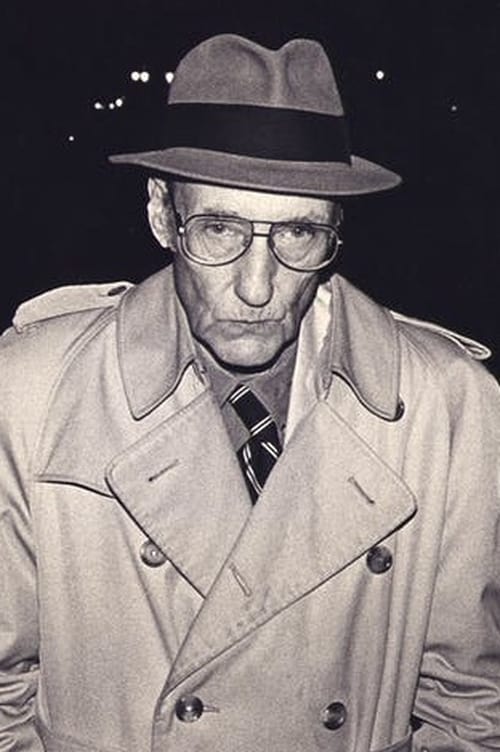
Riwayat Hidup
William Seward Burroughs II (February 5, 1914 – August 2, 1997) was an American writer and visual artist, widely considered a primary figure of the Beat Generation and a major postmodern author who influenced popular culture and literature.
Burroughs wrote eighteen novels and novellas, six collections of short stories and four collections of essays, and five books have been published of his interviews and correspondences; he was initially briefly known by the pen name William Lee.
He also collaborated on projects and recordings with numerous performers and musicians, made many appearances in films, and created and exhibited thousands of visual artworks, including his celebrated "Shotgun Art".
Description above from the Wikipedia article William S.
Burroughs, licensed under CC-BY-SA, full list of contributors on Wikipedia.
Info Pribadi
Peran Yang Di Mainkan William S. Burroughs
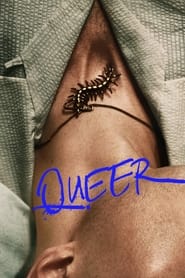 1950 William Lee an American expat in...
1950 William Lee an American expat in...Queer 2024
1950. William Lee, an American expat in Mexico City, spends his days almost entirely alone, except for a few contacts with other members of the small American community. His encounter with Eugene Allerton, an expat former soldier, new to the city, shows him, for the first time, that it might be finally possible to establish an intimate connection with somebody.
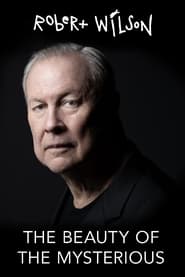 We look back at more than...
We look back at more than...Robert Wilson: The Beauty of the Mysterious 2022
We look back at more than half a century of mysterious artistic creation while trying to crack a unique artistic code. Why are people moved to tears when Robert “Bob” Wilson puts minimalistic petrol pumps into a production of Shakespeare’s sonnets? Why does merciless repetition change our understanding of something? Together with Tom Waits, Willem Dafoe or Marina Abramović we trace back our own experience of Bob’s art. Is it true what Philipp Glass the collaborator of the milestone piece “Einstein on the Beach” laughingly and with apparent pleasure exclaims “what does it mean? It doesn’t mean anything!”?
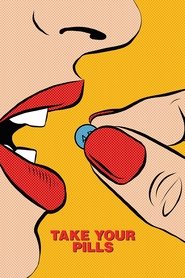 In a hypercompetitive world drugs like...
In a hypercompetitive world drugs like...Take Your Pills 2018
In a hypercompetitive world, drugs like Adderall offer students, athletes, coders and others a way to do more -- faster and better. But at what cost?
 When Howard Brookner lost his life...
When Howard Brookner lost his life...Uncle Howard 2017
When Howard Brookner lost his life to AIDS in 1989, the 35-year-old director had completed two feature documentaries and was in post-production on his narrative debut, Bloodhounds of Broadway. Twenty-five years later, his nephew, Aaron, sets out on a quest to find the lost negative of Burroughs: The Movie, his uncle's critically-acclaimed portrait of legendary author William S. Burroughs. When Aaron uncovers Howard's extensive archive in Burroughs’ bunker, it not only revives the film for a new generation, but also opens a vibrant window on New York City’s creative culture from the 1970s and ‘80s, and inspires a wide-ranging exploration of his beloved uncle's legacy.
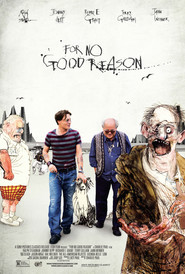 For No Good Reason a film...
For No Good Reason a film...For No Good Reason 2012
For No Good Reason a film about Ralph Steadman. Johnny Depp guides the visually stunning journey, smashing narrative conventions, moving seamlessly from interview to animation and in the finest Gonzo tradition questions of witness and authenticity are challenged. Steadman's art is for the first time animated, including illustrations from Hunter S Thompson's Fear and Loathing in Las Vagas. Featuring Richard E Grant, Terry Gilliam, Bruce Robinson and with music from Slash, The All American Rejects, Jason Mraz, Crystal Castles, Ed Hardcourt and Beth Orton. A touching and at times funny film about honesty, friendship and the ambition driving an artist. This is a true record of the demise of the 20th Century counterculture and hipster dream with Ralph Steadman the last of the Gonzo visionaries.
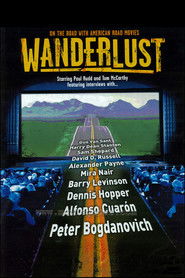 A look at the mystique of...
A look at the mystique of...Wanderlust 2006
A look at the mystique of road movies, combining interviews, film clips, music, photography, literature and a narrative storyline featuring Paul Rudd and Tom McCarthy.
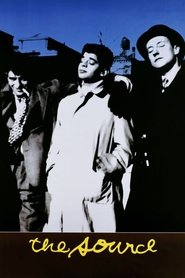 Traces the Beats from Allen Ginsberg...
Traces the Beats from Allen Ginsberg...The Source 1999
Traces the Beats from Allen Ginsberg and Jack Kerouac's meeting in 1944 at Columbia University to the deaths of Ginsberg and William S. Burroughs in 1997. Three actors provide dramatic interpretations of the work of these three writers, and the film chronicles their friendships, their arrival into American consciousness, their travels, frequent parodies, Kerouac's death, and Ginsberg's politicization. Their movement connects with bebop, John Cage's music, abstract expressionism, and living theater. In recent interviews, Ginsberg, Burroughs, Kesey, Ferlinghetti, Mailer, Jerry Garcia, Tom Hayden, Gary Snyder, Ed Sanders, and others measure the Beats' meaning and impact.
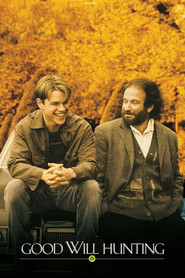 Headstrong yet aimless Will Hunting has...
Headstrong yet aimless Will Hunting has...Good Will Hunting 1997
Headstrong yet aimless, Will Hunting has a genius-level IQ but chooses to work as a janitor at MIT. When he secretly solves highly difficult graduate-level math problems, his talents are discovered by Professor Gerald Lambeau, who decides to help the misguided youth reach his potential. When Will is arrested for attacking a police officer, Professor Lambeau makes a deal to get leniency for him if he gets court-ordered therapy. Eventually, therapist Dr. Sean Maguire helps Will confront the demons that are holding him back.
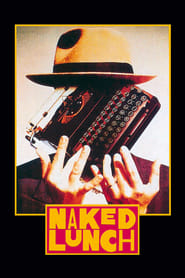 Blankfaced bug killer Bill Lee and...
Blankfaced bug killer Bill Lee and...Naked Lunch 1991
Blank-faced bug killer Bill Lee and his dead-eyed wife, Joan, like to get high on Bill's pest poisons while lounging with Beat poet pals. After meeting the devilish Dr. Benway, Bill gets a drug made from a centipede. Upon indulging, he accidentally kills Joan, takes orders from his typewriter-turned-cockroach, ends up in a constantly mutating Mediterranean city and learns that his hip friends have published his work -- which he doesn't remember writing.
 This musical is based on four...
This musical is based on four...Bloodhounds of Broadway 1989
This musical is based on four short stories by Damon Runyon. In one tale, gambler Feet Samuels sells his body to science just as he realizes that Hortense loves him and that he would rather live than die. In another story, Harriet's parrot is killed, and she has problems dealing with her loss. Then, there is a gambler, "Regret", who has bloodhounds on his trail when he becomes a murder suspect. Finally, "The Brain" is bleeding profusely, and his friends search for a way to save his life through a blood transfusion.
 Portland Oregon 1971 Bob Hughes is the...
Portland Oregon 1971 Bob Hughes is the...Drugstore Cowboy 1989
Portland, Oregon, 1971. Bob Hughes is the charismatic leader of a peculiar quartet, formed by his wife, Dianne, and another couple, Rick and Nadine, who skillfully steal from drugstores and hospital medicine cabinets in order to appease their insatiable need for drugs. But neither fun nor luck last forever.
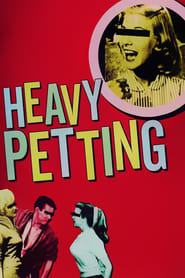 Celebrities and creatives including musician David...
Celebrities and creatives including musician David...Heavy Petting 1989
Celebrities and creatives -- including musician David Byrne, performance artist Spalding Gray, comedian Sandra Bernhard, radical activist Abbie Hoffman, and poet Allen Ginsberg-- recall their earliest sexual experiences.
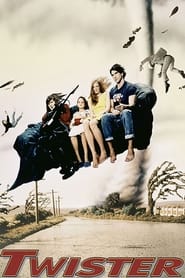 An oddball family on a Kansas...
An oddball family on a Kansas...Twister 1989
An oddball family on a Kansas farm are trapped in their farmhouse by an impending storm. The patriarch of the clan is a retired soda pop tycoon. He is currently dating a children's TV evangelist. Also living at the farm is his layabout daughter and her precocious 8 year old daughter, his would-be artist son, the son's fiancée, and the black maid. Also thrown into the mix is the daughter's ex-husband, a ne-er-do-well who is seeking to get back in his ex-wife's good graces.
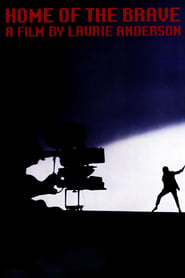 A concert film directed by and...
A concert film directed by and...Home of the Brave 1986
A concert film directed by and featuring the music of Laurie Anderson, filmed at the Park Theater in Union City, New Jersey, during the summer of 1985.
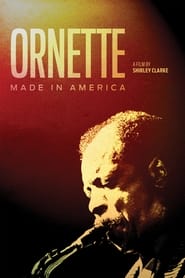 Shirley Clarkes frenetic documentary about multitalented...
Shirley Clarkes frenetic documentary about multitalented...Ornette: Made in America 1986
Shirley Clarke's frenetic documentary about multi-talented musician Ornette Coleman.
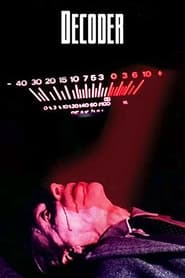 FM discovers that different sonic frequencies...
FM discovers that different sonic frequencies...Decoder 1984
F.M. discovers that different sonic frequencies induce different patterns of behaviour in listeners, first in his own studio but later in the local "H-Burger" restaurant where the passive muzak appears to be wiping people's emotions.
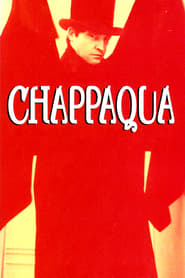 Semiautobiographical story of Conrad Rooks who...
Semiautobiographical story of Conrad Rooks who...Chappaqua 1966
Semi-autobiographical story of Conrad Rooks, who travels to France to undergo a drug-withdrawal cure. Flashbacks to the beginings of psychedelia in San Fran. Though initially confusing, as Rooks blends drug-illusion with reality, and cuts color with black-and-white and monochrome tinted shots, "Chappaqua" is conventionally constructed with a beginning, middle, and end.
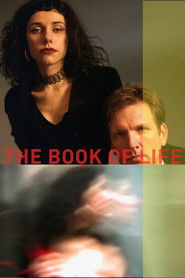 New Years Eve takes on new...
New Years Eve takes on new... A girl born with enormous thumbs...
A girl born with enormous thumbs...